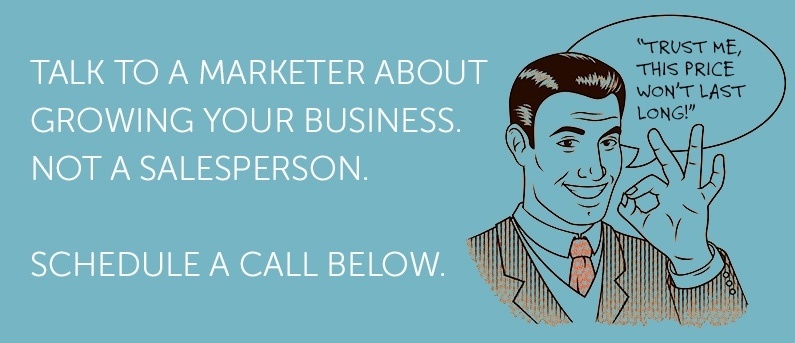Once you get started with content marketing, there’s no turning back. It’s one of the most exciting ways to promote your business that we’ve seen in a long time, and it’s going to keep on getting bigger and better. Like all good business activities, however, it needs to be planned thoroughly to be successful. It might look easy to do, but creating a content strategy is your best way to ensure that you’re headed in the right direction. 
ID Your Goals
You’re heading nowhere fast if you don’t know where you’re trying to go, so identifying your goals is the first vital step on the road to a successful content strategy. Start by figuring out what you want to achieve; is it:
- Increasing awareness of your business and product line?
- Improving the traffic to your website?
- Attracting subscribers to your email marketing list?
- Building a reputation as an expert in your industry?
- Generating leads for your sales team to follow up?
Make sure you know exactly what the goals mean, and how you’re going to measure your performance. For example, if #2 above is one of your goals, then specify by how much you want to improve the traffic and by when. If you want to generate sales or leads, what’s the value you want to achieve and in what time frame? Set up milestones for specific goals, so the final, long-term objective doesn’t seem quite so far away.
Take Aim at an Audience
The more tightly you identify your target audience, the more successful your content strategy will be. This is because you’ll be able to tailor the information as specifically as possible for your reader and ensure you’re writing for your prospective customers. Knowing who you are targeting also helps you to decide at what point in the buying cycle you want to capture customers. For example, if you want to capture them at the point where they are looking for information on how your product will solve their problem, you’ll include educational materials in your strategy.
Perfect Your Personas
Just broadly identifying your target audience is useful, but it won’t help you as much as it would to create customer personas. A persona is a fictitious profile based on what you know about your ideal customer. It usually includes a name, demographic information such as age, income and gender, geographical location and preferences based on statistics about interests and activities. Include information about the channels your ideal customer uses, such as which online publications he reads, what social media platforms he accesses and how often. Most of this information can be extracted from your sales records, your mailing list and your customer relationship management software if you use any.
Map out an Action Plan
By the time you’ve done these tasks, you’ll have a fair amount of data available on what you want to say, to whom and how. Decide on the format of the content you want to publish, which may include:
- Blog posts
- White papers
- Social media status updates
- White papers
- Video clips
- eBooks
- Slide presentations
- Research reports
- Webinars
Plan out a timetable or editorial calendar for publishing your content and include information on who is responsible for the various aspects, such as writing, images and publishing. Take advantage of seasonal trends and keep your content appropriate for the time of year and events taking place regularly, because this helps to make it more newsworthy.
Make sure you are prepared for delivering material that speaks to the customer personas you have created, as well as where they are in the buying cycle at the time.
Make it Happen
No content strategy is complete without a plan of action for implementation. Use a project management tools to create tasks and allocate them to the appropriate people in your team. Set up alerts to notify you when content is delivered and ready for publishing, and if necessary schedule it for automated publication ahead of time. Install an analytics program so you can track how effective your content is, because this will help you to tweak it when necessary to maximize the benefit your company receives from it.
Creating a viable content strategy doesn’t happen by itself, but neither is it particularly complex. Do your research and involve all the members of your team to brainstorm ideas that will appeal to your typical customers.


